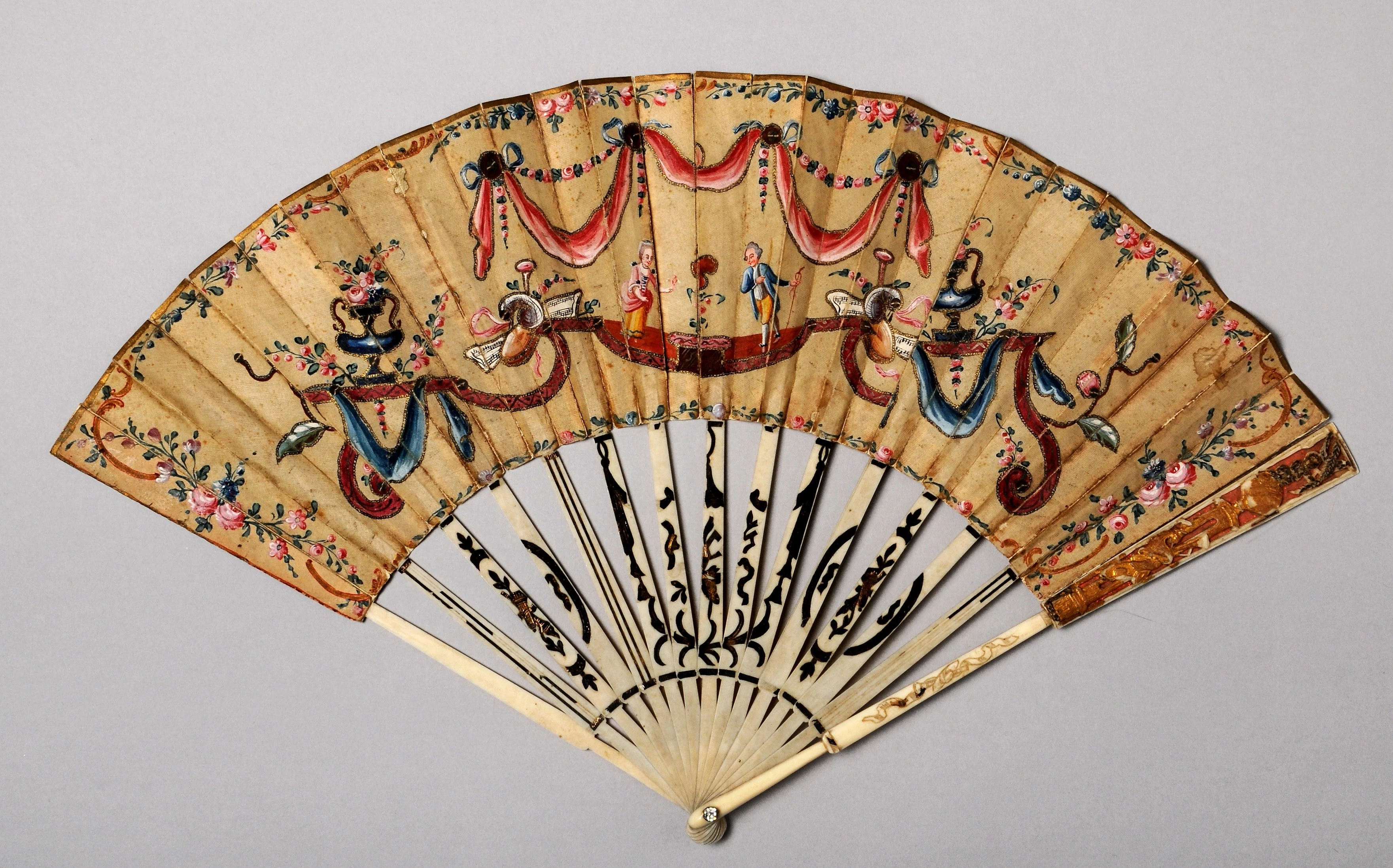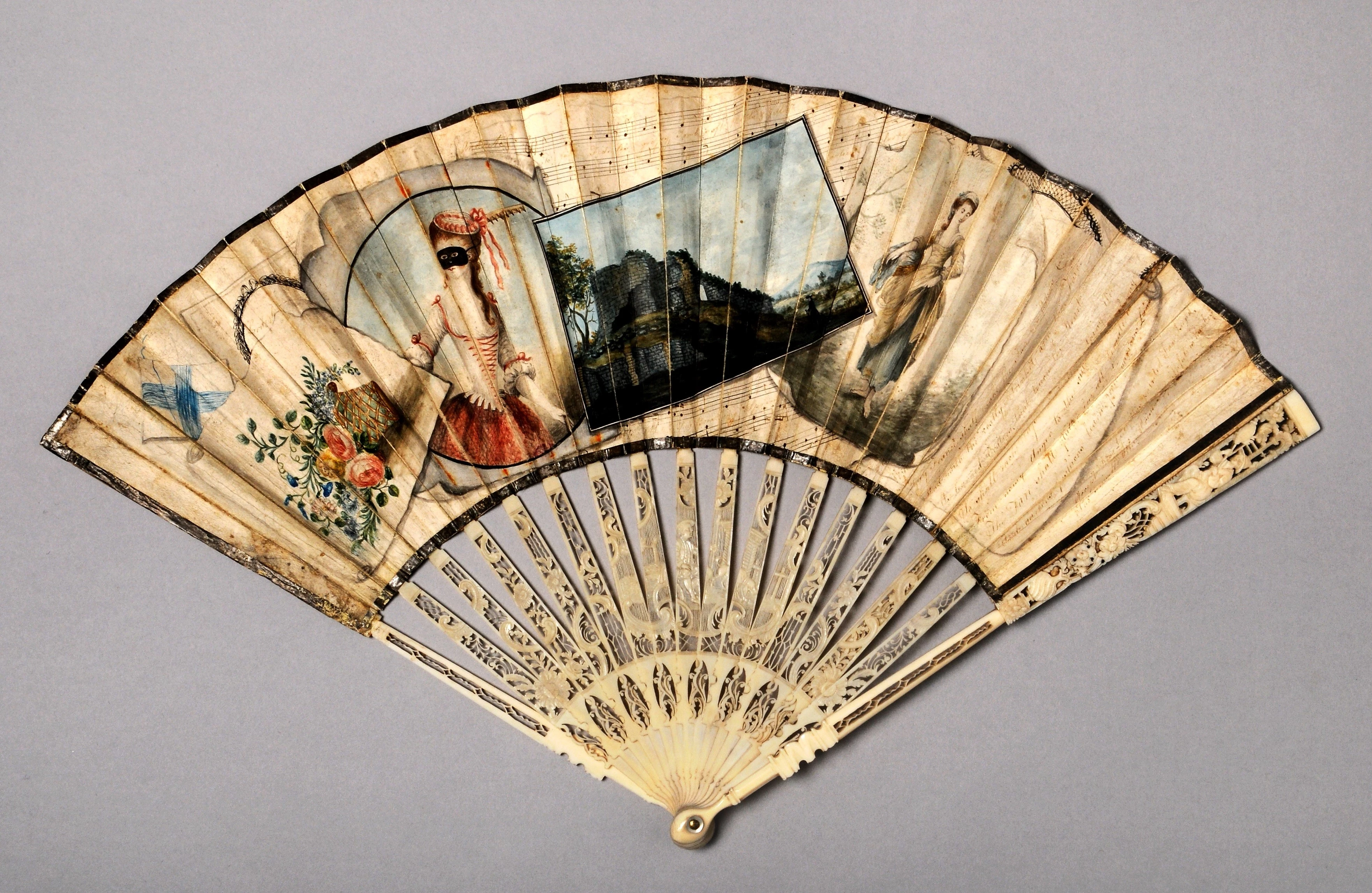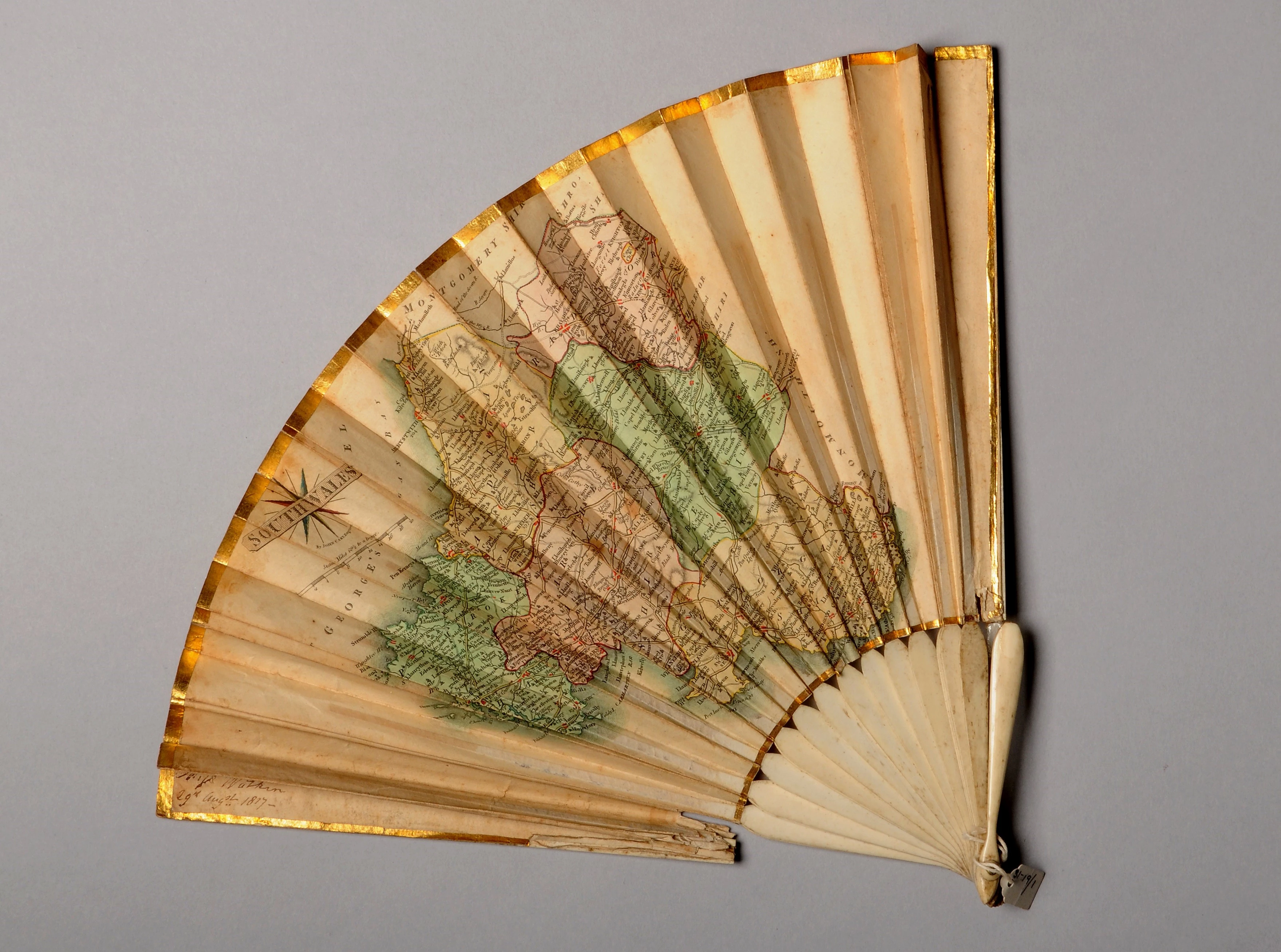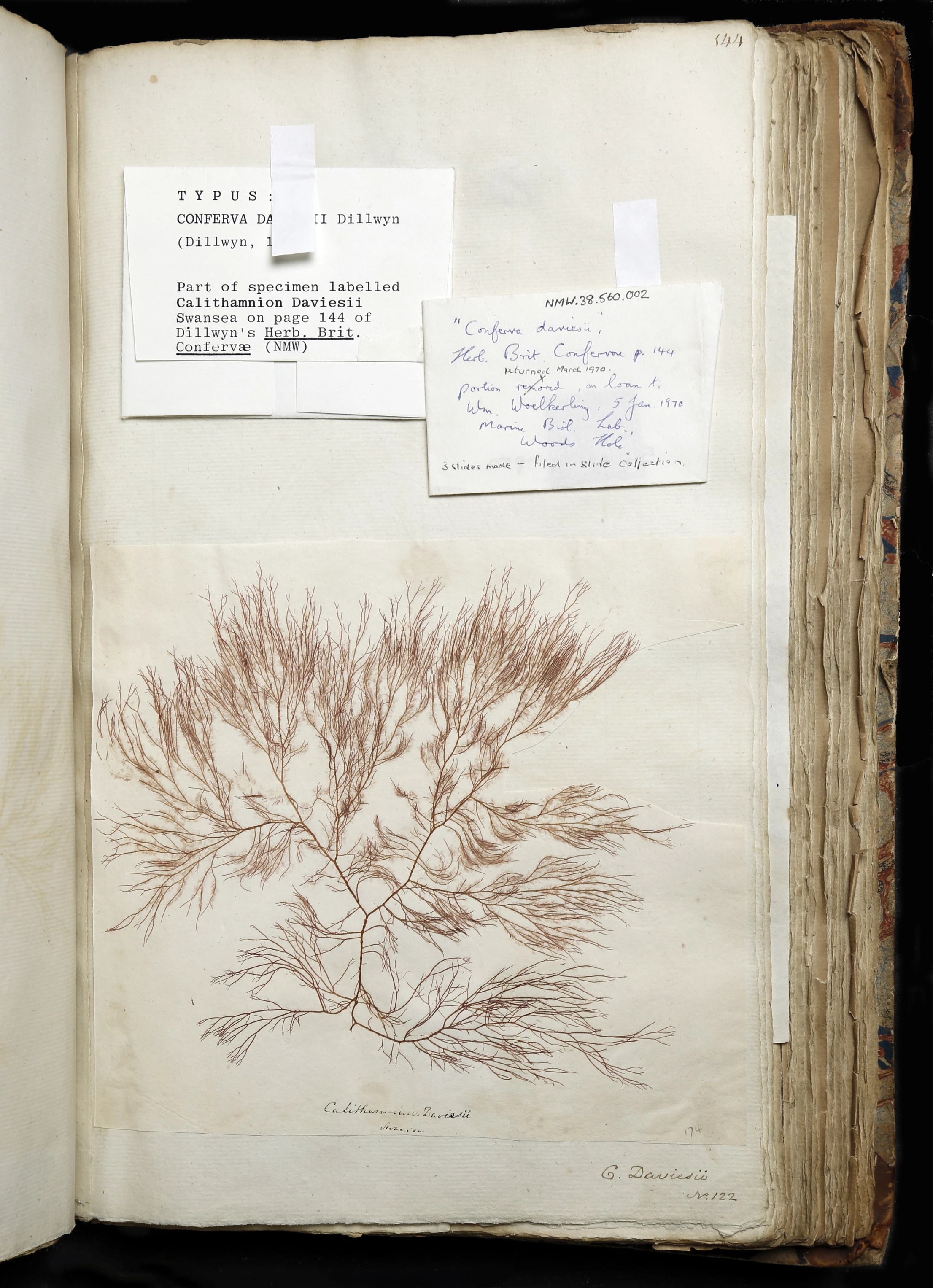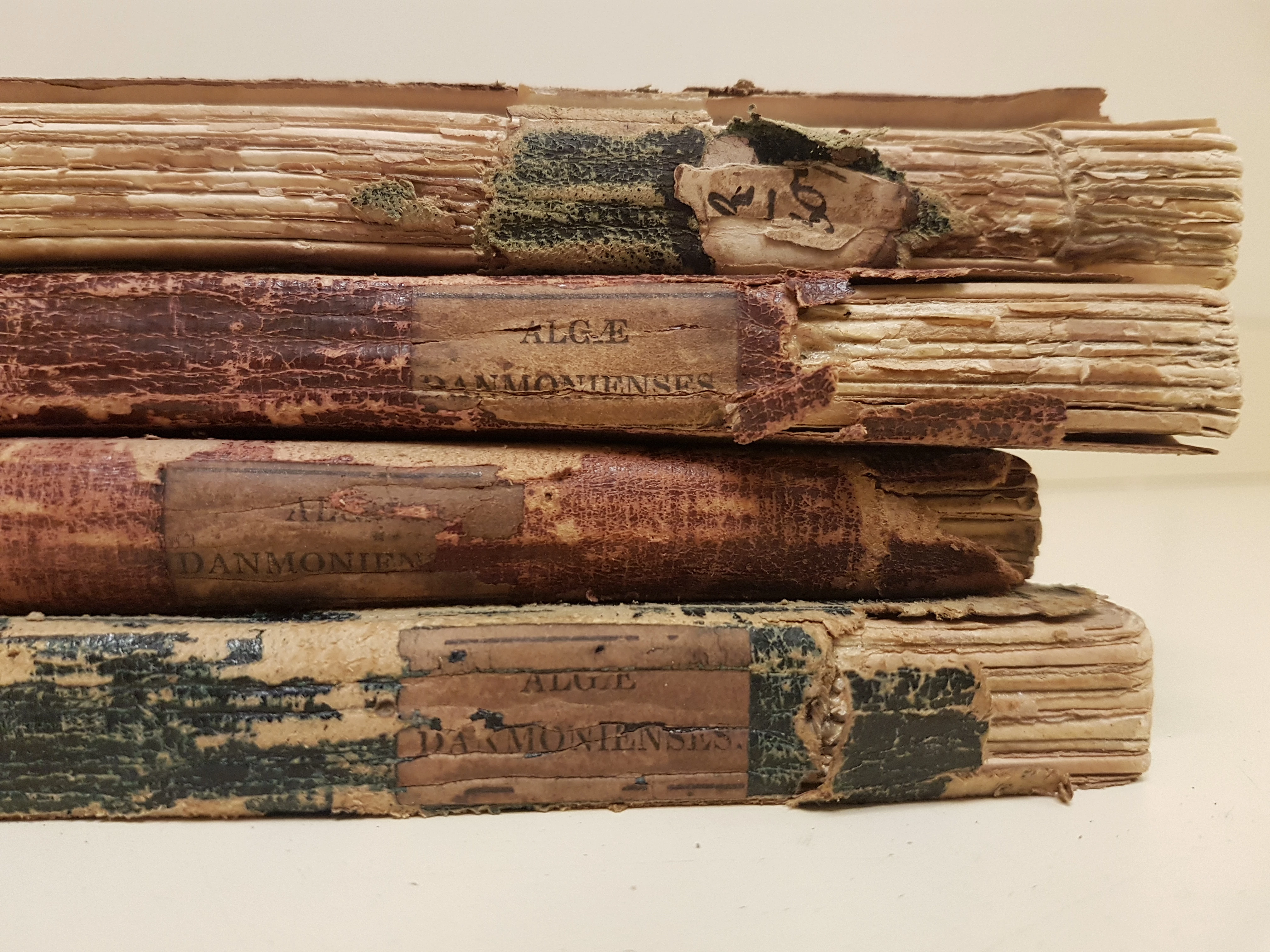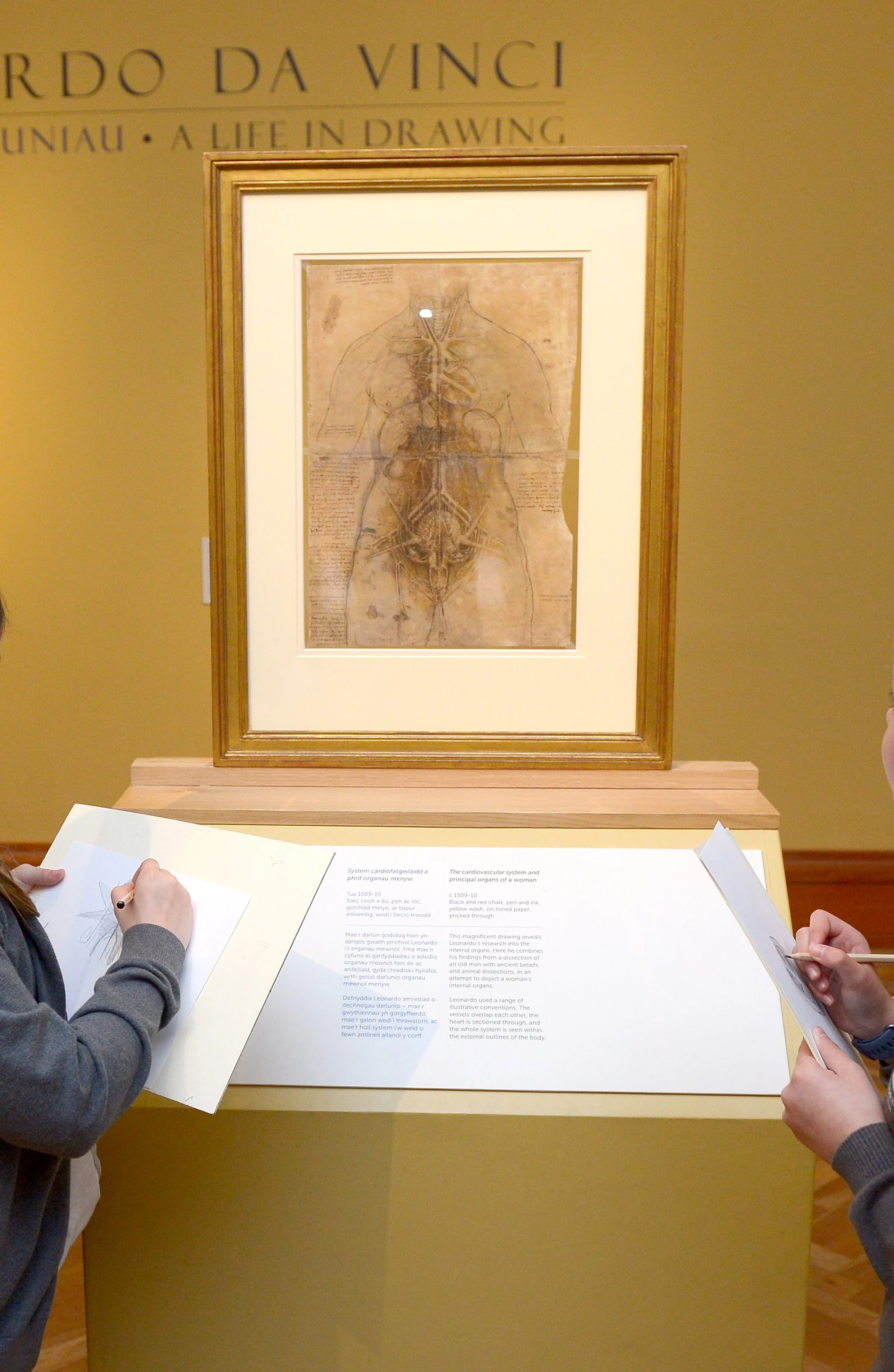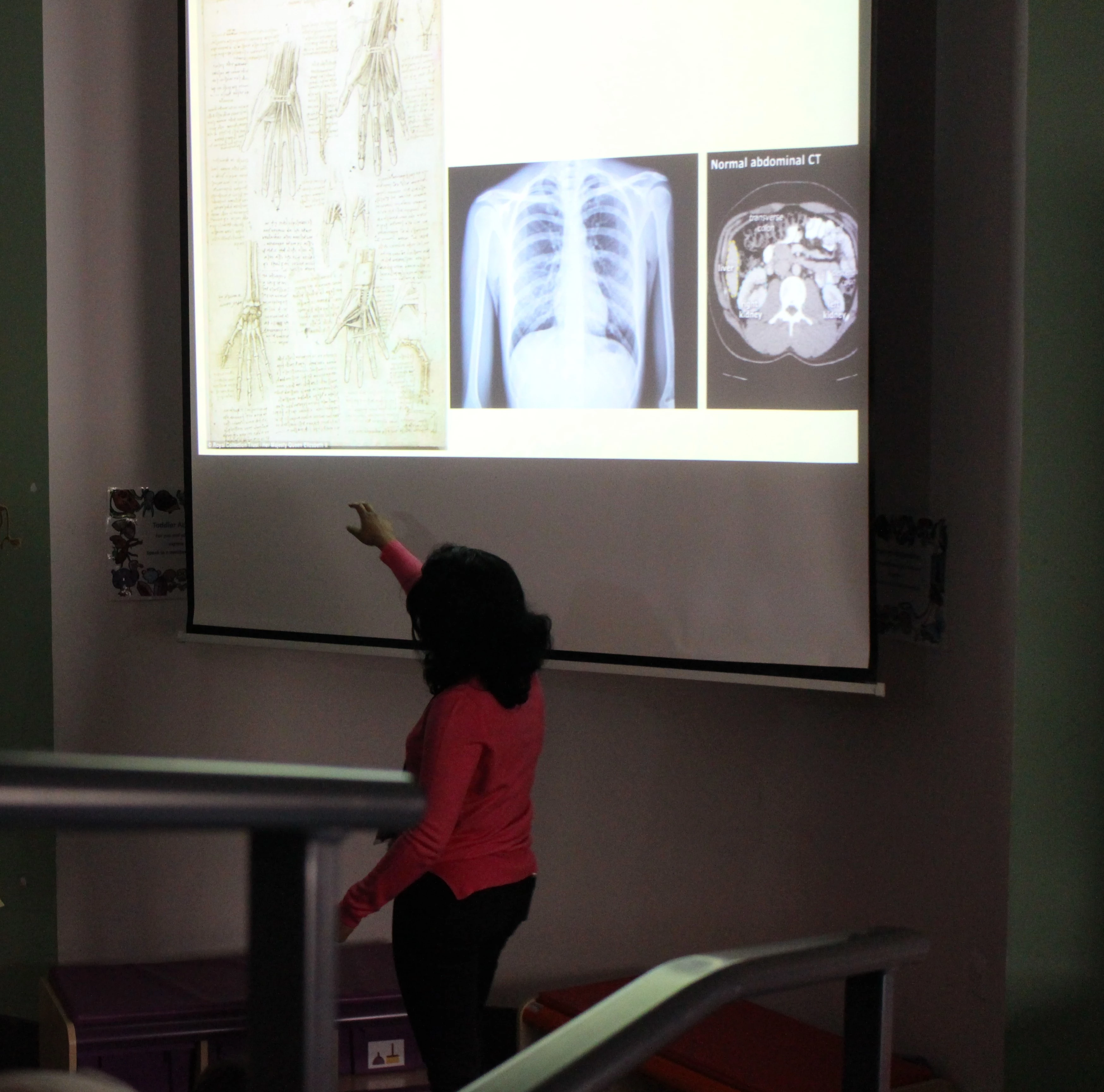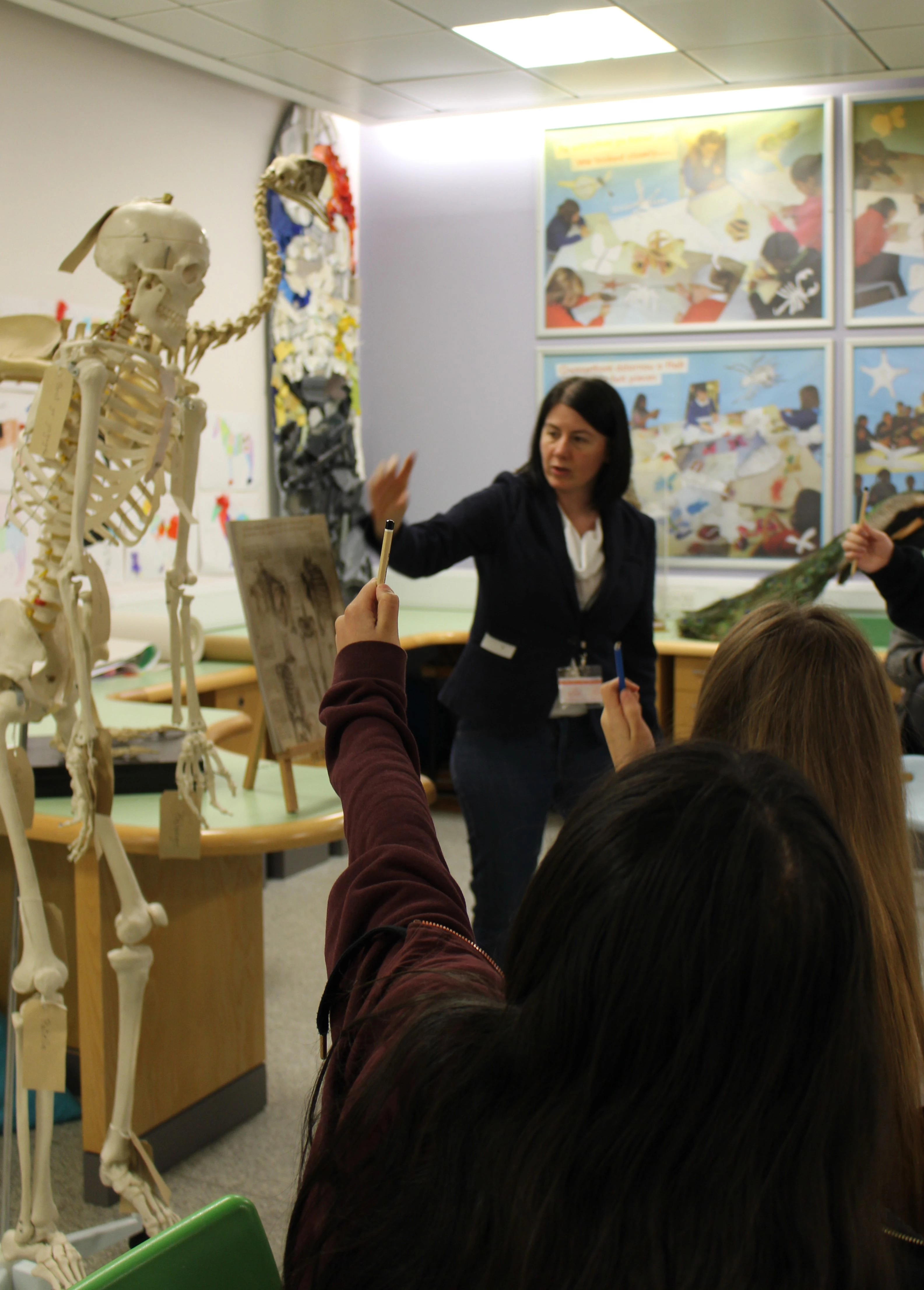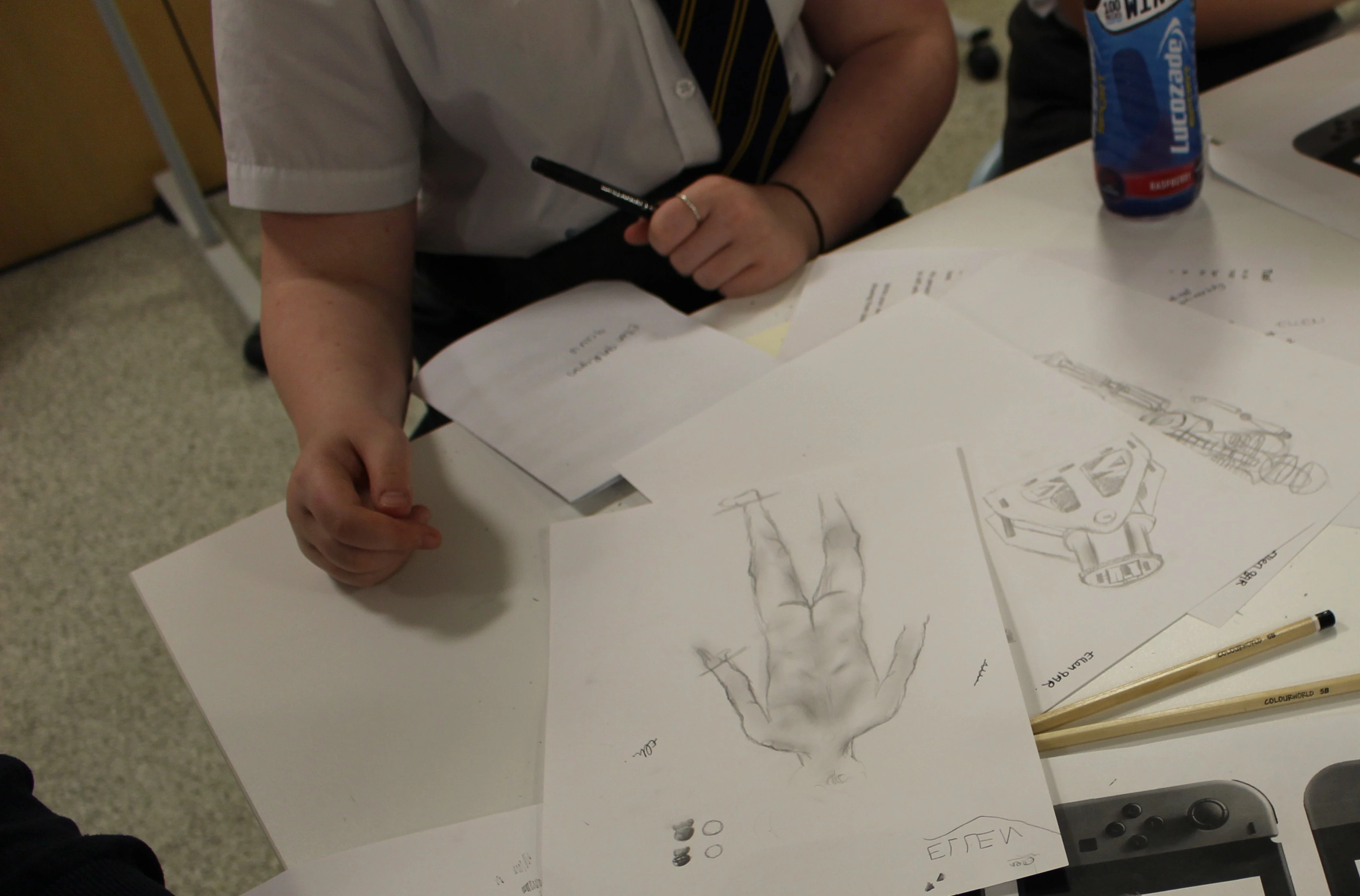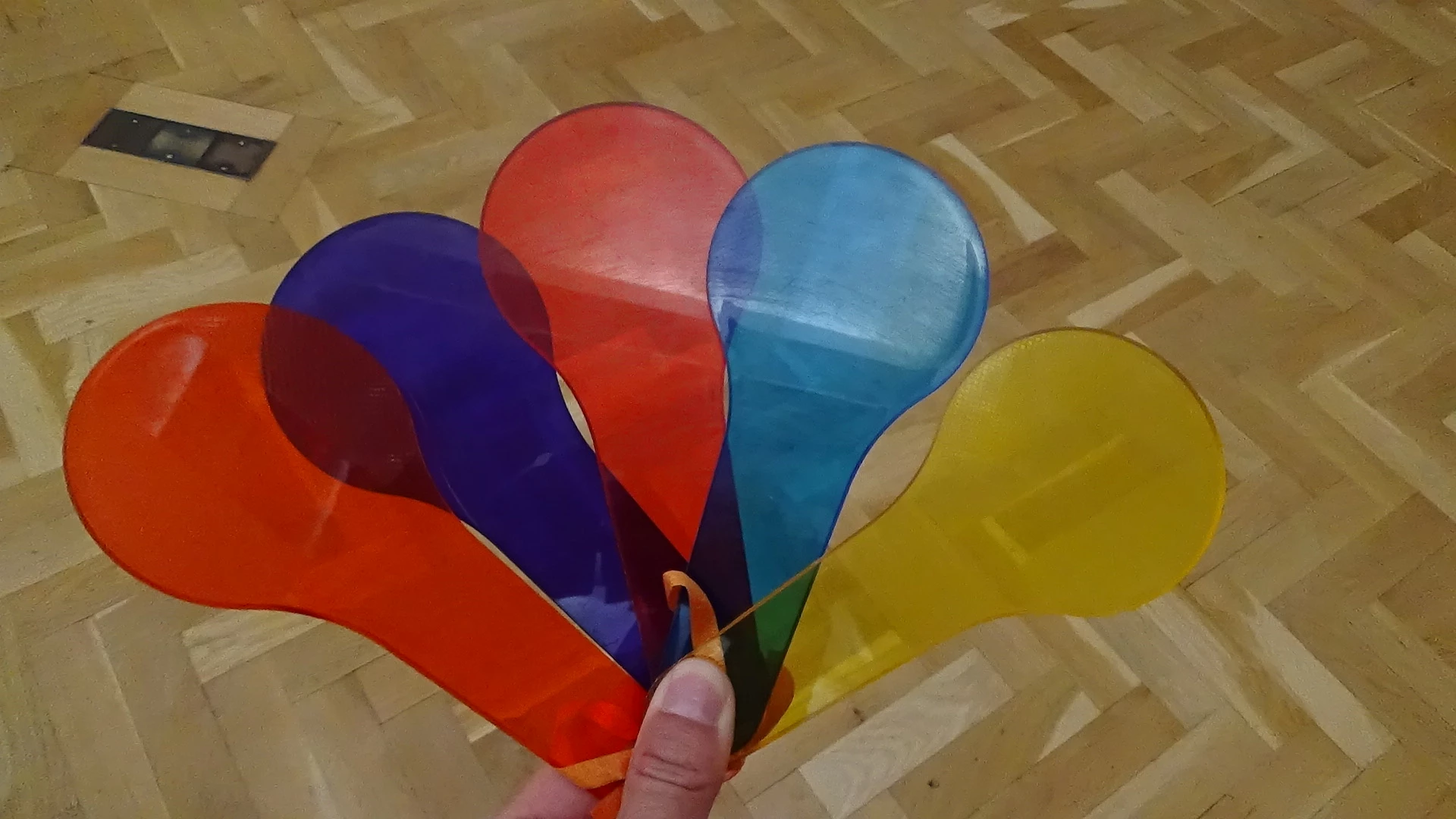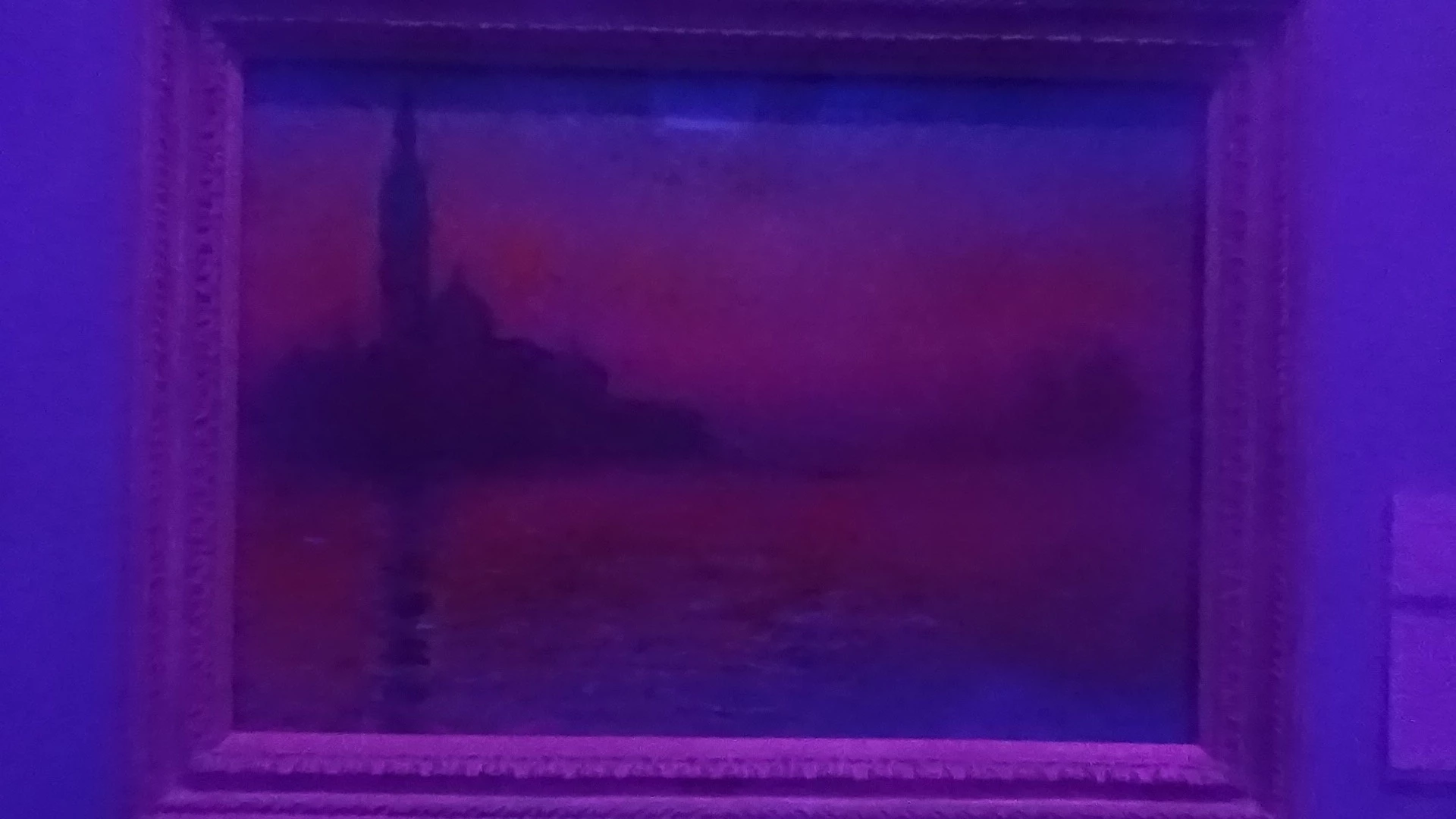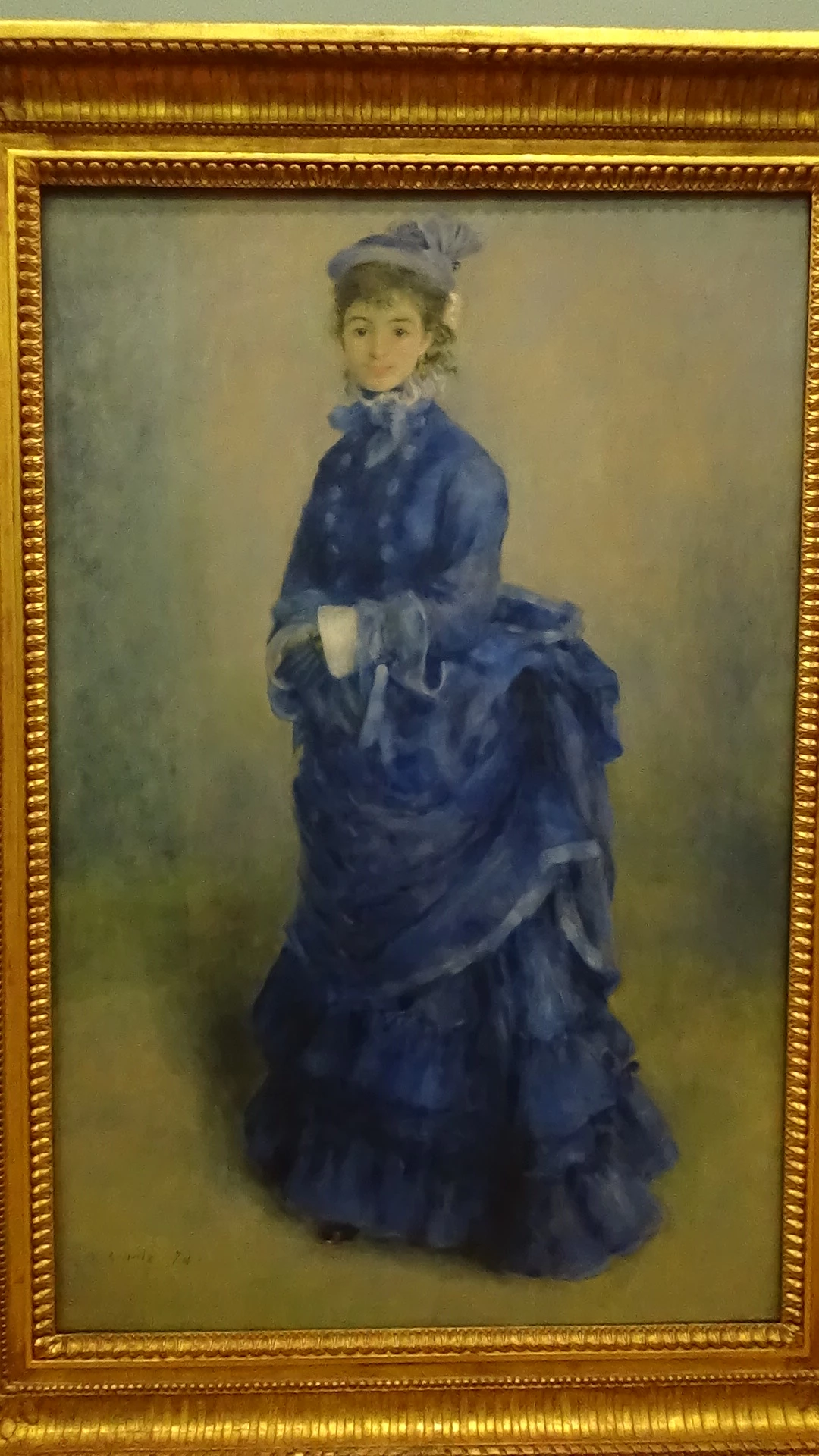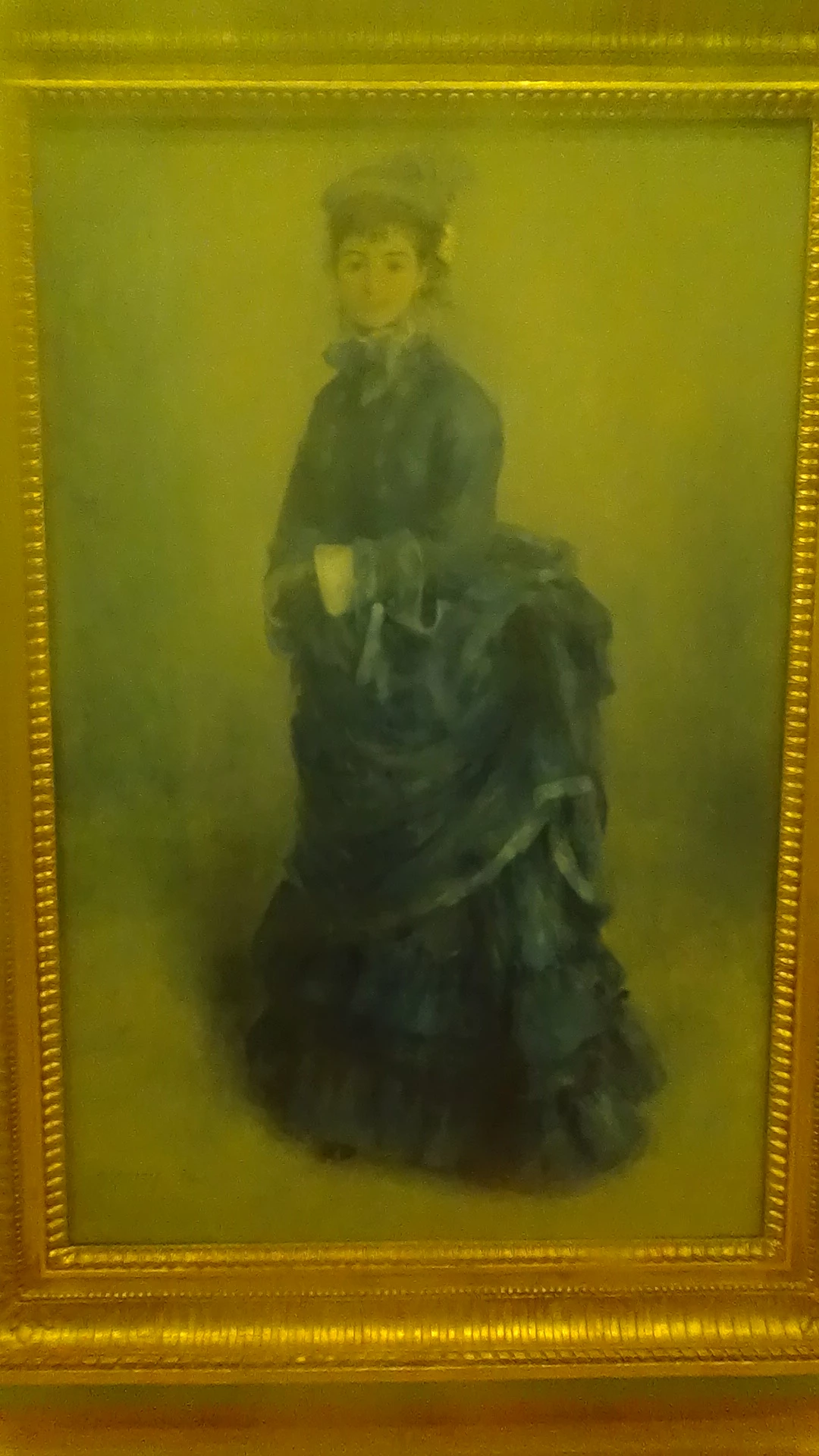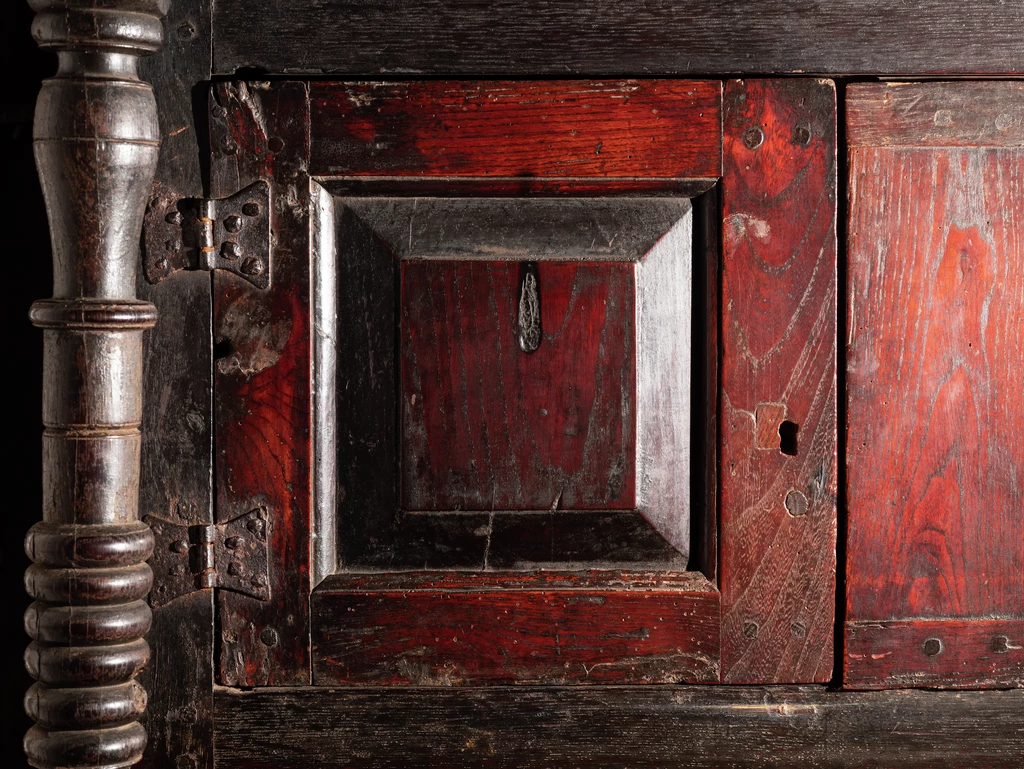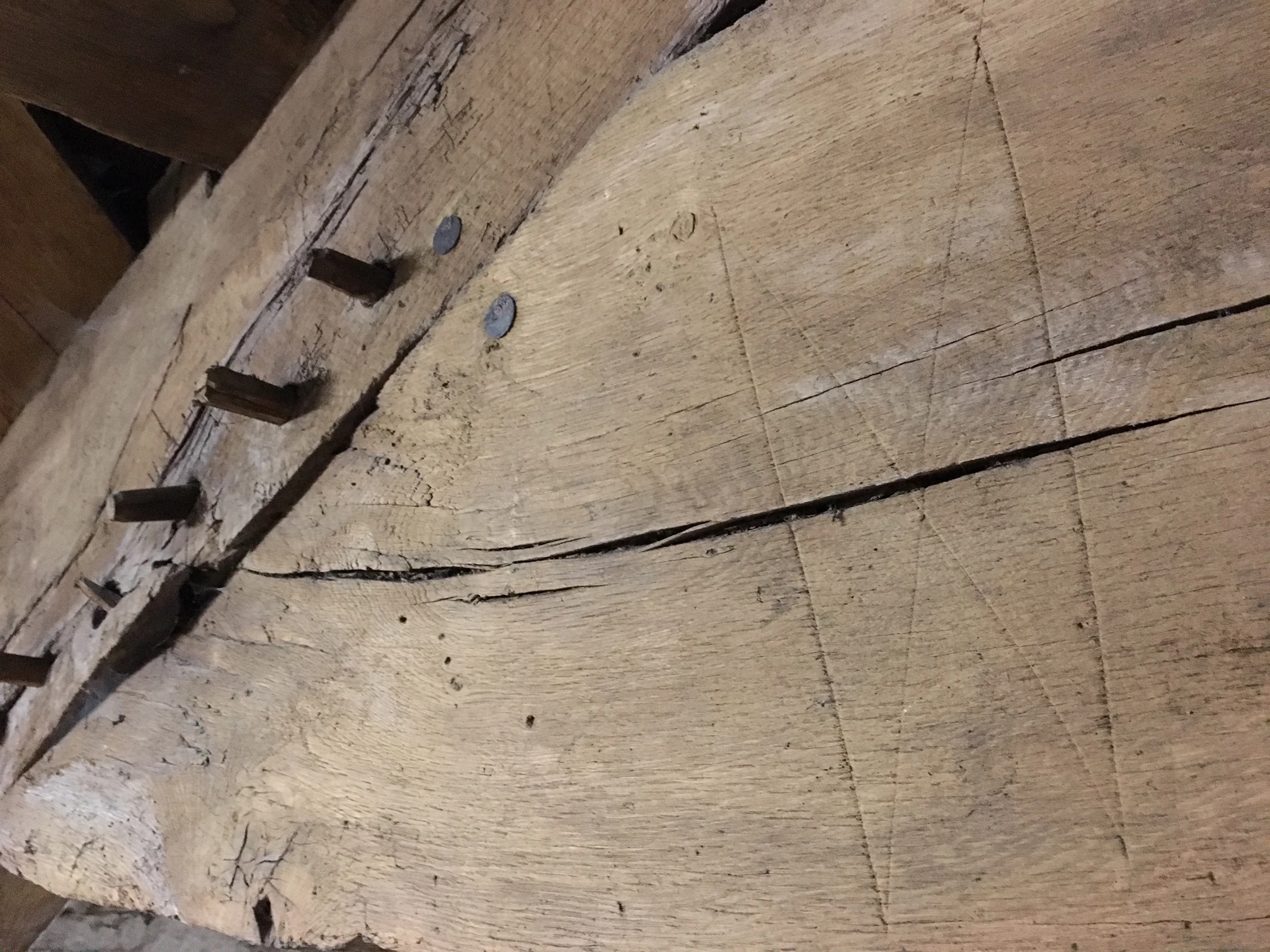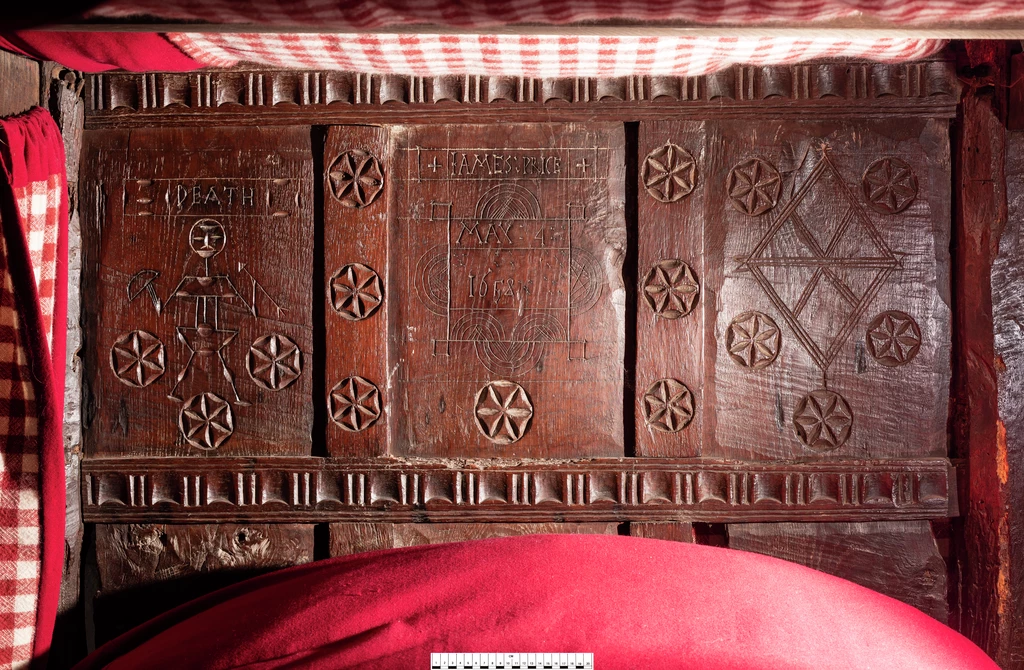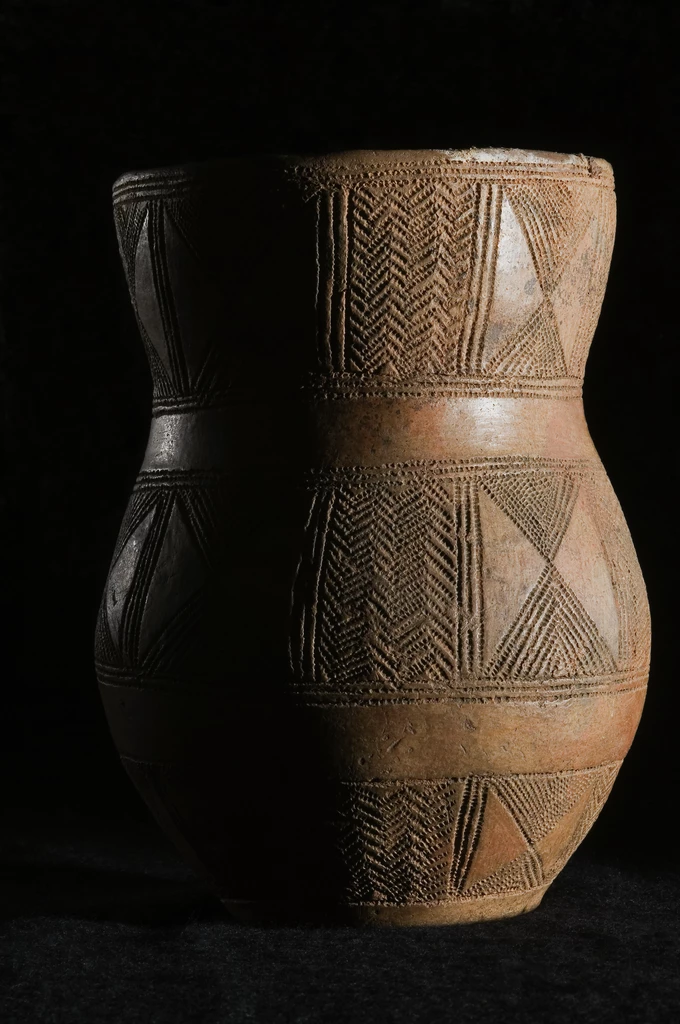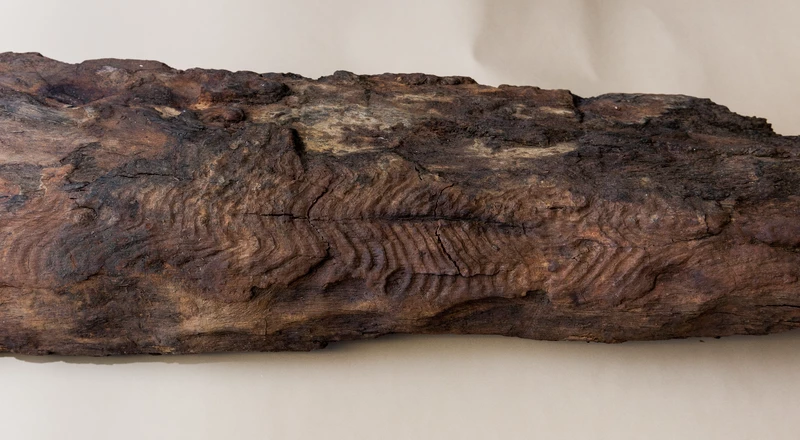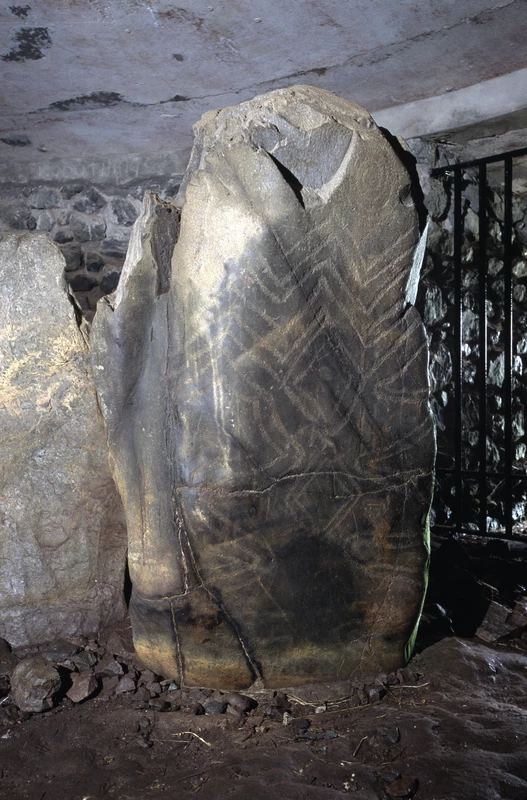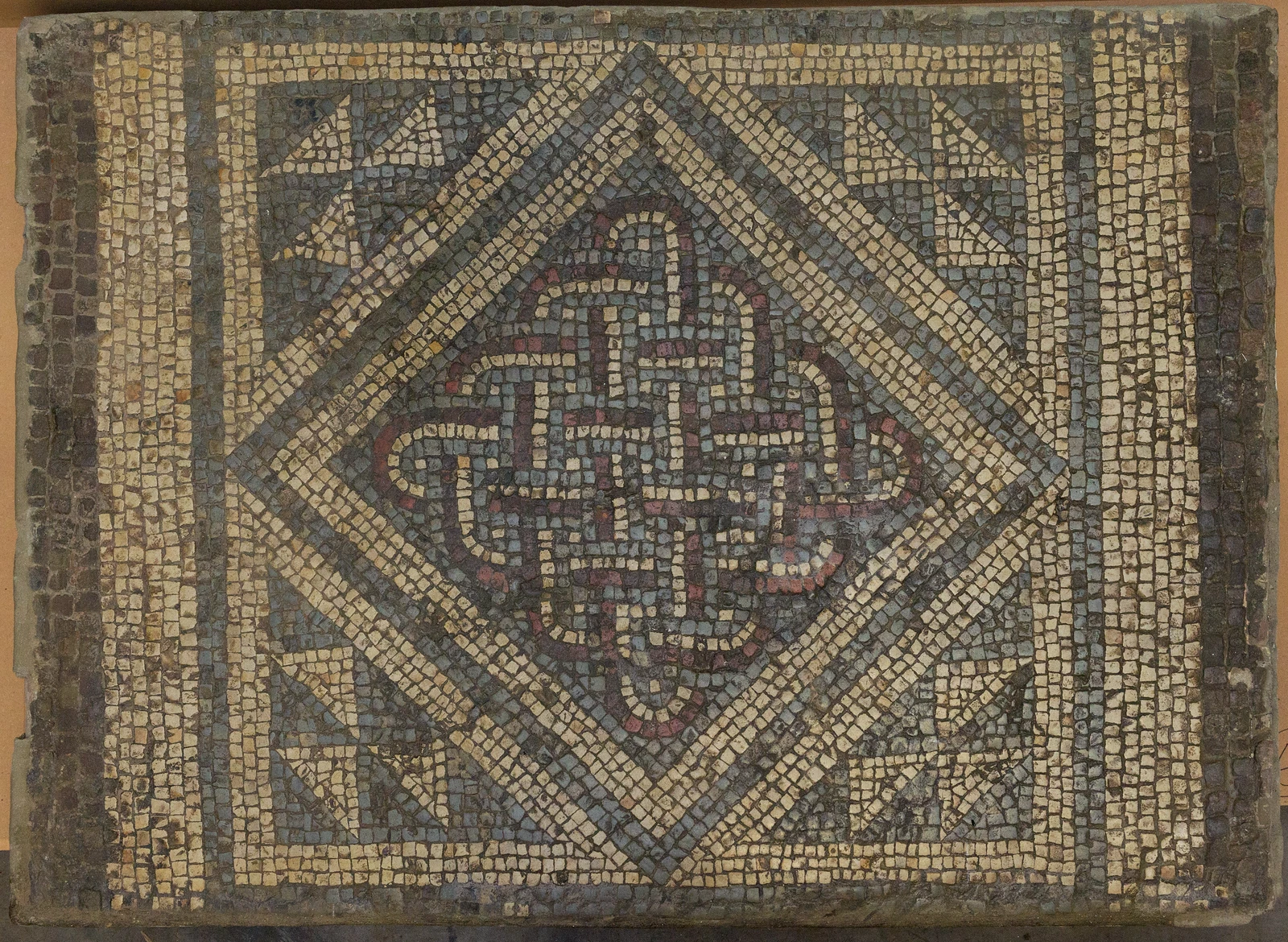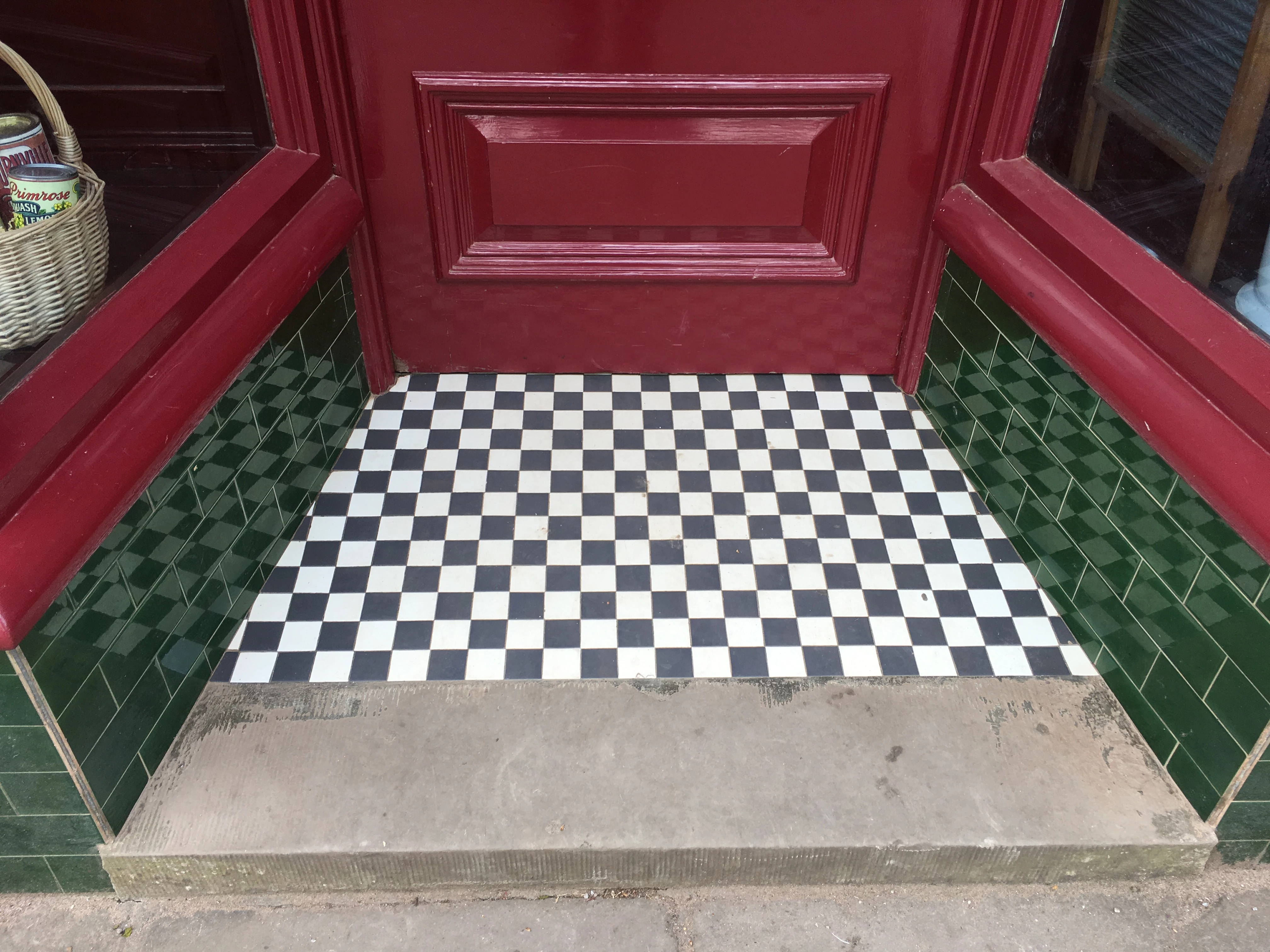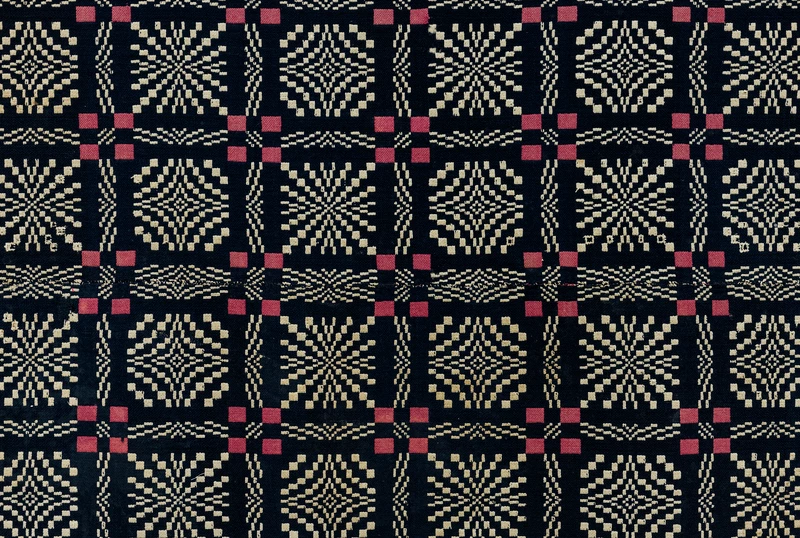Amgueddfa Cymru’s Fancy Fans and their Material Forms
, 22 May 2019
I would like to introduce some of the incredible fan leaves that Amgueddfa Cymru holds in its collection in a two-part blog. Looking at these fan leaves reveals the important relationship between the eighteenth-century print trade, text and painting practice. In this first blog I will expand briefly upon a couple of the painted and printed Welsh and English fans dating to the eighteenth and nineteenth centuries nestled in storage at St Fagans National Museum of History and their material nature.
A number of these fans have paper bases, while a few are created from silk, and several take the screen, brisé (meaning ‘broken’ in French) or cabriolet (a form of transport comprising a two-wheeled carriage, drawn by a horse) form. Numerous fans sport lace sewn sequins (fig. 1), embossed and carved guard sticks. The majority of these specimens have come to Amgueddfa Cymru from Welsh collectors, with a couple seemingly made by talented amateur fan makers. Among these wonderful examples, several printed eighteenth-century fans highlight the complexity of the British print trade during the period in which these fans were produced.
The anonymously made Medley Fan (Untitled) (fig. 2), produced around 1760 (probably in Wales), illustrates the impact different aesthetic media had upon fan design in the eighteenth century. Medley Fan depicts a number of trompe l’oeil images scattered across its surface, including a hand-painted ‘snapshot’ of castle ruins being admired by an aristocratic tourist, which overlaps an engraved image of a peasant girl, set against verse from John Gay’s poem The Fan (1713). Similarly, Map of South Wales Fan (fig. 3), made approximately between 1800 and 1817 (also anonymously) – there is a signature ‘Miss Watkins 1817’ inscribed on the fan – shows rare, and expertly executed, printed imagery. Miss Watkins was the niece of the Reverend David Williams (1738-1816), the Welsh philosopher, and it is likely the fan was made in South Wales. Map of South Wales Fan and Medley Fan (Untitled) suggest the intrinsic link between fan making, decorative arts, painting and the print trade in the 1700s. In the second part of my blog I will go on to explain more about the trades that fan shops dealt in.
